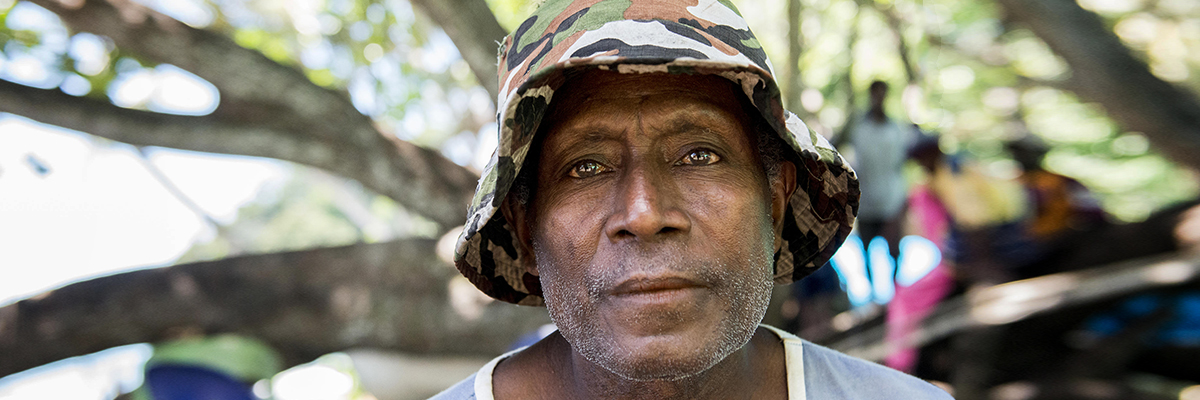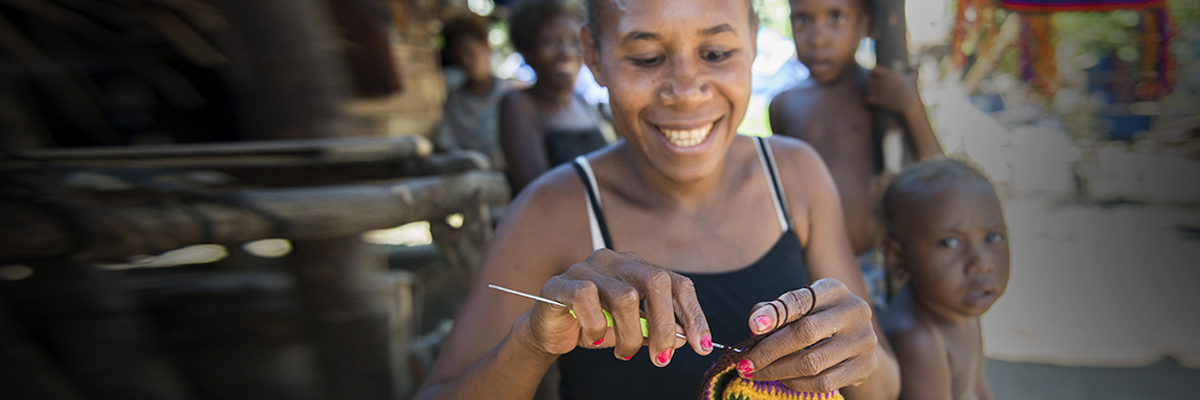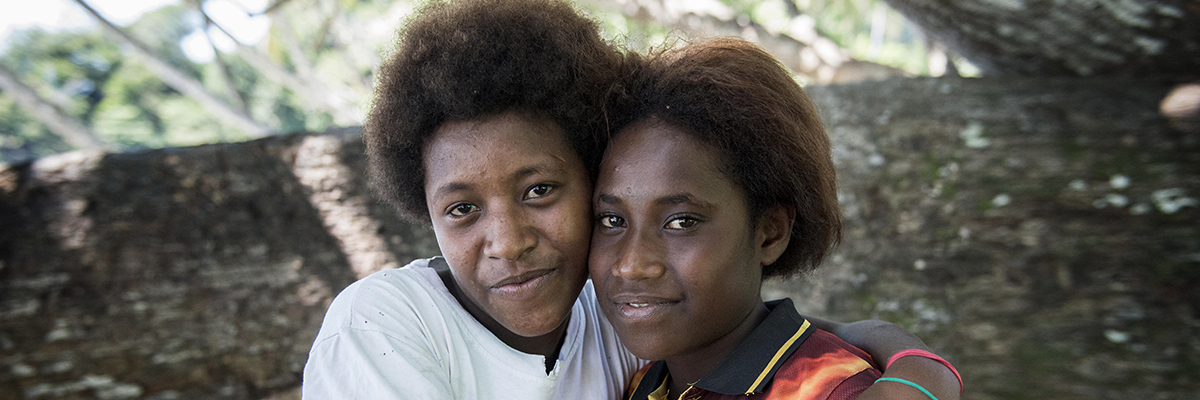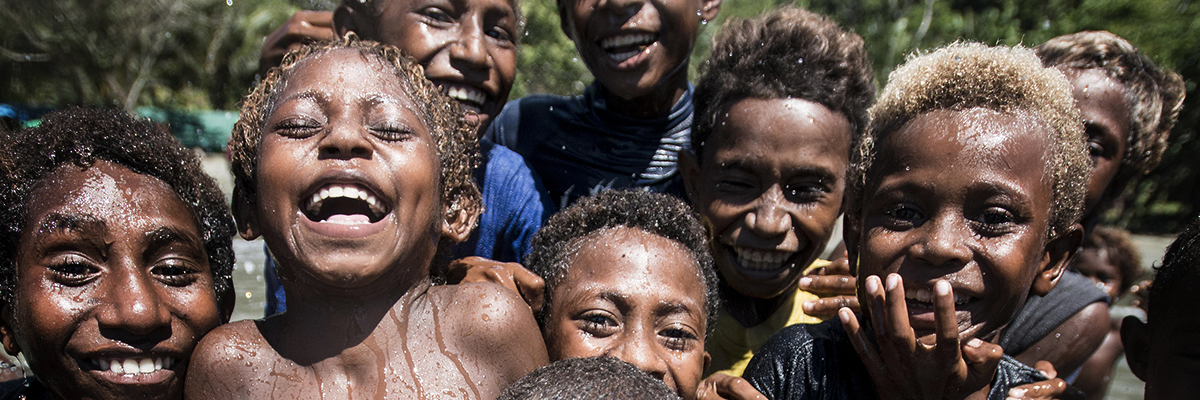When Kadovar Island erupted earlier this year, the lives of its inhabitants changed forever overnight.
At first, Stanley Murien thought it was just a big storm on the mainland.
“It was around midnight, January 4. There was a thundering sound. But we didn’t know where it was coming from. Then a bit later, there was a big bang. The earth shook. That’s when we realised…it was a volcano.”
Kadovar Island sits about 25 kilometres off the coast of East Sepik Province, northeast Papua New Guinea. On the night of the eruption, Stanley organised the boats. Two with engines, three without. By daybreak, the evacuation had begun.
“We made 22 trips in the boats with the engines. And the others, they had to paddle themselves. It takes about two to three hours to get to the next island – depending on the current.”
“We didn’t really take anything. Just some plates and pots and pans, an axe and a knife. And we took some jerry cans for water. Everything else we left behind. We’ve never been back.”
Over the following days and weeks, around 690 people were relocated to a small strip of beach on the mainland, near Wewak. They began clearing the land, setting up tents, digging latrines and building canoes.
Where do you start when you know you are literally building a new life from scratch?

Back to basics
Save the Children was one of the first NGOs to respond to the Kadovar crisis. The most pressing needs were the basics; food, water, shelter, clothing. After that, teams set up learning centres where the kids could begin to catch up on their schooling.
For the adults in the camp, life on the mainland will require a monumental shift.
The people of Kadovar lived a very traditional, subsistent way of life. The men fished and the women grew vegetables. They rarely traded, just producing what they needed for themselves.
Now, they will need to learn how to grow different crops, where to trade and how to generate income.
Save the Children is helping teach many of the adults new skills to help with this adjustment. Women are learning how to weave billums (bags), to bake and to make Sego (a staple food in the area made from the trunks of palm trees). Some of the men are learning how to make hats and to weave belts.

A silver lining
It’s hard to get a gauge of morale in the camp.
For the older members in the community, it seems the reality is hard to accept. There’s concern for the fate of their traditional way of life and for how they will be accepted by surrounding communities.
But for the younger folk, there is more of an air of optimism. A feeling that connections on the mainland could provide more opportunities than were available on the island – including the opportunity to re-connect with education.
“We’re very happy to be in school,” says Nungola, 18. “We can continue to learn to read and write, something we were not able to do on the island. The teachers have given us materials – pencils, books, schoolbags, to help us with learning in the classroom. We didn’t have this before.”
The little kids too are relishing having a sandy beach to play on. On the beaches of Kadovar there was only rock. They’ve also been provided with learning materials, play spaces and sports equipment to help occupy their active young bodies and minds.
“It’s sad that our place is gone,” Nungola reflects, “but we’re happy to have been given a new opportunity. So long as our island is volcanic, we don’t think we’ll ever want to go back.”

A long road ahead
Less than a quarter of the land on Kadovar Island remains. All the trees and gardens and crops are completely destroyed. The top soil has slipped away and hardened lava blankets the ground where crops once grew.
Right now, the future for this community remains uncertain. Claims on their new patch of land are in dispute and growing crops and learning new skills will take time. Naturally, it’s hard for families to feel settled while they’re still living in tents.
But in these early months of rebuilding, the positive spirit within this community is what stands out. There is sadness, but it doesn’t feel like a sad place. In fact, judging from the squealing children playing in the breaking waves, there’s a great deal of happiness here too.
One Save the Children staff member, Clarence, recalls an observation he had during his time working in the camp.
“At the start we noticed most of the adults would just go and sit on the rocks overlooking the sea – looking in the direction of the island. I imagine they were thinking back about their past, the things they’d left behind… that was home. But over the next weeks and months, as they started getting involved in things like the youth space, the activities, getting engaged with the training – we came to notice there were fewer and fewer people going out to sit on those rocks.”
